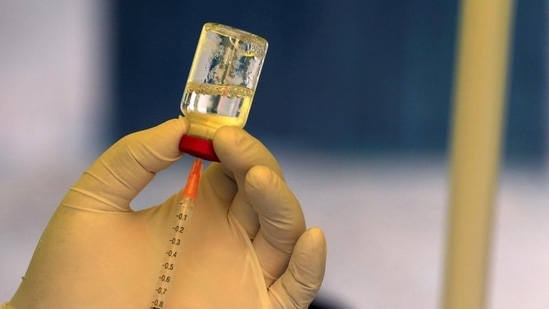
What is Chandipura virus? Know symptoms, causes, treatment, preventive measures and more
9 months ago | 90 Views
The National Institute of Virology (NIV) in Pune has confirmed the tragic death of a four-year-old girl in Gujarat due to the Chandipura virus. This incident is part of a larger outbreak, with the death toll of suspected cases reaching 15 and a total of 29 cases reported across nearly a dozen districts. Among these, 26 cases are from Gujarat, two from Rajasthan, and one from Madhya Pradesh. Out of the 15 deaths, 13 are from Gujarat, and one each from Madhya Pradesh and Rajasthan.
What is Chandipura virus?
The Chandipura virus (CHPV) belongs to the Rhabdoviridae family and is known to cause sporadic cases and outbreaks, particularly in the western, central, and southern regions of India, especially during the monsoon season. The virus is transmitted by vectors such as sand flies and ticks. Currently, vector control, maintaining hygiene, and raising awareness are the only available measures to combat the disease. The virus predominantly affects children under 15 years of age, presenting with febrile illness that can sometimes lead to death.
Symptoms and Transmission
Chandipura virus causes symptoms similar to the flu, including fever and acute encephalitis (inflammation of the brain). The virus is a member of the Vesiculovirus genus within the Rhabdoviridae family. It is primarily transmitted through vectors such as mosquitoes, ticks, and sandflies. The outbreaks in Central India during 2003-2004 saw case fatality rates ranging from 56-75% in Andhra Pradesh and Gujarat, with typical encephalitic symptoms.
Treatment
There is currently no specific antiviral treatment or vaccine for the Chandipura virus. Early diagnosis and supportive treatment are crucial. According to a 2014 document by the Gujarat government on 'Epidemiology & Management of Chandipura Encephalitis,' management includes airway, breathing, and circulation support through oxygen therapy and ventilation if necessary. It also involves managing fluid and electrolyte balance, hyperpyrexia (extremely high body temperature), raised intracranial pressure, and seizures, as well as preventing secondary bacterial infections.
In response to the current outbreak, the Union Health Ministry, along with experts, reviewed the Chandipura virus cases and Acute Encephalitis Syndrome cases in Gujarat, Rajasthan, and Madhya Pradesh. This review aims to enhance understanding and improve measures to combat the spread and impact of the virus.
Read Also: This morning, start your day right with great stretches: From Cobras to Cat Cow
#




















